 |
 |
 |
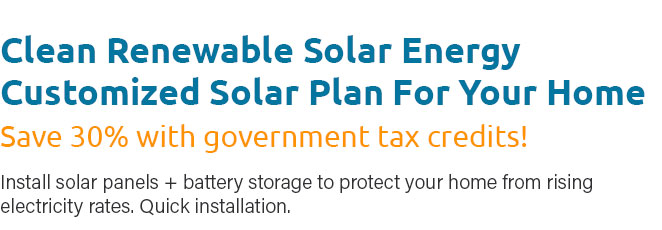 |
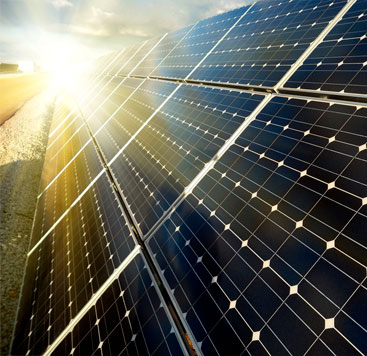 |
 |
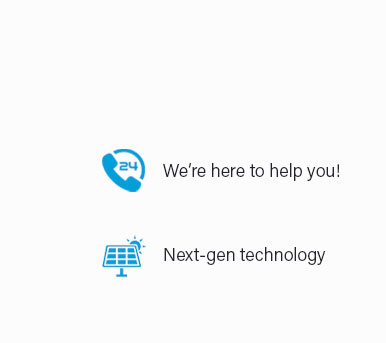 |
 |
 |
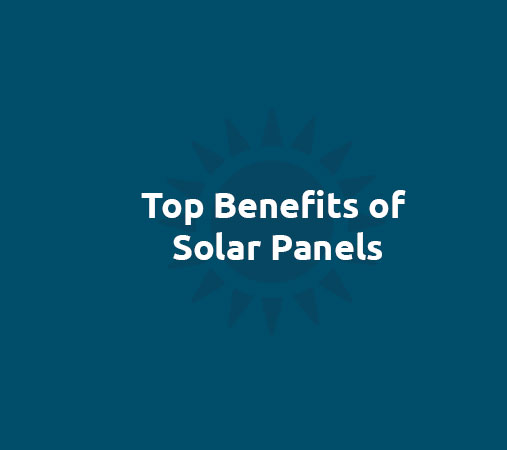 |
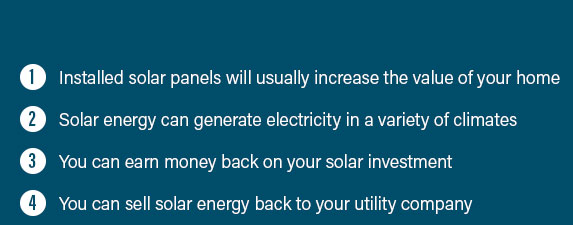 |
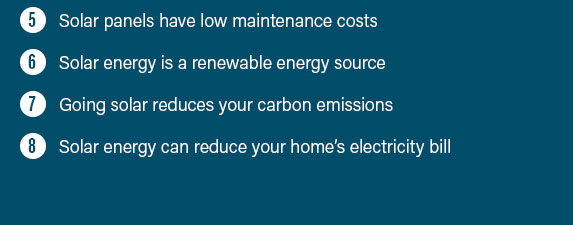 |
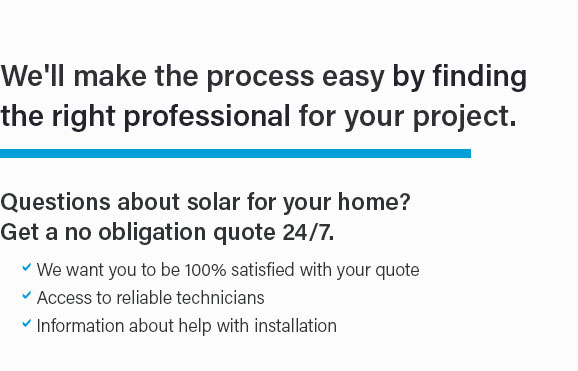 |
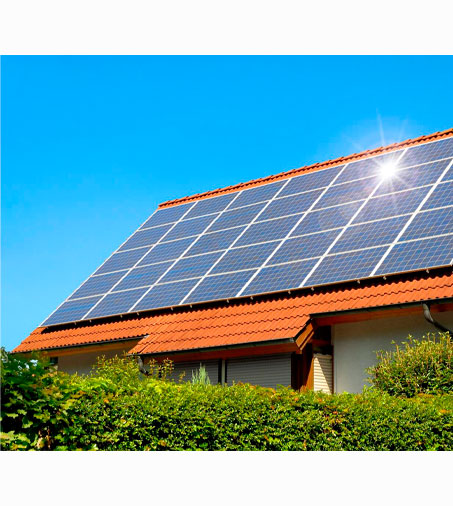 |
|
 |
 |
 |
The Cost of Solar Panel Installation: A Comprehensive AnalysisIn recent years, the interest in renewable energy sources has surged, with solar panels leading the charge for homeowners seeking sustainability and energy efficiency. However, one of the pivotal questions that potential solar adopters grapple with is the cost of installation. The financial implications of installing solar panels are influenced by a multitude of factors, each contributing to the overall expenditure, but also providing opportunities for savings in the long run. Initial Investment and Variability The initial outlay for solar panel installation is often the most significant barrier for homeowners. Typically, the cost is influenced by the size of the solar panel system, the type of panels selected, and the complexity of the installation process. On average, a residential solar panel system can range from $15,000 to $25,000 before any tax credits or incentives. It's essential to note that these figures can fluctuate based on geographic location, available sunlight, and local installation costs. For instance, regions with higher energy costs or more sunlight may offer more attractive savings opportunities. Types of Solar Panels When considering solar panel types, there are primarily three categories: monocrystalline, polycrystalline, and thin-film panels. Monocrystalline panels, known for their high efficiency and sleek design, generally command a higher price point. Conversely, polycrystalline panels, while slightly less efficient, offer a more budget-friendly option. Lastly, thin-film panels are typically less efficient but can be advantageous for large-scale installations due to their lower cost and flexibility. Each type presents unique advantages and drawbacks, and the choice often hinges on balancing efficiency with budgetary constraints. Government Incentives and Financing Options Government incentives play a pivotal role in mitigating the costs associated with solar panel installation. In many countries, federal and state programs offer tax credits, rebates, and other incentives that can substantially reduce the initial investment. For example, in the United States, the Federal Investment Tax Credit (ITC) allows homeowners to deduct a significant percentage of installation costs from their federal taxes. Additionally, numerous states provide supplementary incentives that further ease the financial burden. Beyond incentives, various financing options, such as solar loans and leasing arrangements, make solar energy accessible to a broader audience. Maintenance and Long-Term Savings While the upfront costs of solar panel installation are often a focal point, it's crucial to consider the long-term savings and maintenance expenses. Generally, solar panels require minimal maintenance, largely due to their durability and lack of moving parts. Over time, the reduction in electricity bills can lead to substantial savings, effectively offsetting the initial costs. Moreover, as energy prices continue to rise, the financial benefits of solar power become even more pronounced, making it an economically viable investment over the long term. Conclusion Ultimately, the decision to install solar panels is a multifaceted one, influenced by initial costs, potential savings, and personal commitment to sustainable living. While the financial investment can be substantial, the combination of reduced energy bills, government incentives, and environmental benefits often justifies the expenditure. As technology advances and the market evolves, the cost of solar panel installation is expected to decrease further, encouraging more homeowners to embrace this renewable energy solution. In this dynamic landscape, staying informed and considering all available options is essential for making a sound investment decision that aligns with both financial goals and environmental values. https://www.solarreviews.com/solar-panel-cost/north-carolina
This is just about the average price of residential solar power systems across the United States, which is currently $3.03 per watt. Solar panel installation ... https://www.fixr.com/costs/solar-panel-installation-north-carolina
The average cost to install solar panels in North Carolina is about $14910 (6 kW system using monocrystalline panels mounted on the roof). https://www.reddit.com/r/raleigh/comments/11g2pml/what_is_the_average_solar_installation_cost_in_nc/
Cost was around $30k with financing at 0.49%. I had 5 different solar companies pitch to me, and while they aren't the very cheapest NC Solar ...
|